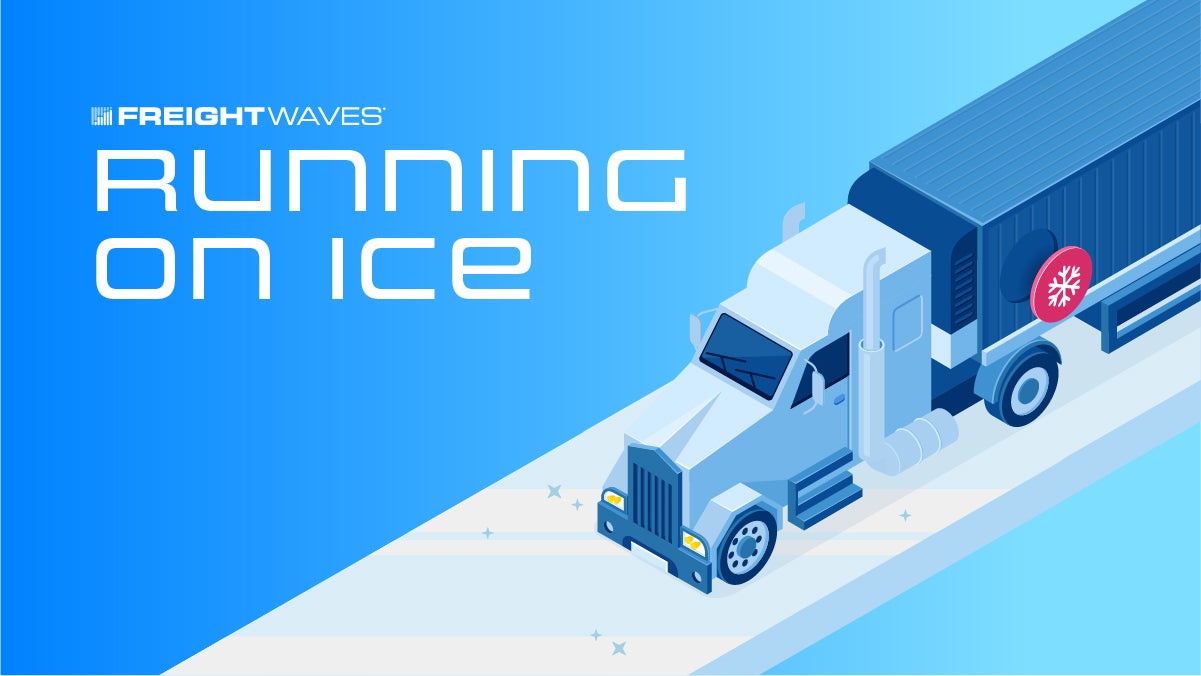Your latest info on all things in the cold chain world
Hello, and welcome to the coolest community in freight! Here you’ll find the latest information on warehouse news, tech developments and all things reefer madness-related. I’m your controller of the thermostat, Mary O’Connell. Thanks for having me!
All thawed out
The global pharmaceutical logistics market is expected to grow at a compound annual rate of 7.96% during 2022-27. By 2027 the forecast market value for pharmaceutical logistics is expected to be $146.71 billion. Increased usage of logistics optimization tools, AI, IoT and intelligent logistics platforms are likely to contribute to that future growth.
PR Newswire covers the Pharmaceutical Logistics Market Report 2022, which highlights the increasing adoption of water-based pharmaceutical logistics as one of the significant driving factors in the pharmaceutical logistics market. Major companies are offering cloud-based supply chain services and secured supply chain functions that help pharmaceutical manufacturers safeguard their drugs. These solutions are expected to prevent the production and distribution of counterfeit drugs.
As a result of the advancements in pharmaceutical manufacturing, there has been an increased demand for cold chain solutions. More drugs are coming out that will need to be stored at specific temperatures, so new logistics technology will become that much more important.
Temperature checks
Minnesota-based JonnyPops saw an opportunity and ran with it. It created a spinoff company in Vortex that will be the proud owner of a $40 million, 170,000-square-foot freezer and refrigerator warehouse in Albert Lea, Minnesota. This warehouse is open and ready for business.
“In terms of the demand for the finished product or ingredients, cold chain, this concept of refrigeration or freezing, I’m only seeing an increase over time, while not necessarily seeing an increase in cold chain availability, or accessibility, particularly for the smaller players,” said Jason Robinson, business development director for Minnesota’s Agricultural Utilization Research Institute.
The goal is to build additional facilities should the demand in the upper Midwest call for it. Minnesota would like to work with additional small-to-medium-size companies looking to do the same thing as JonnyPops, whether it be financial relief and support or anything else within the state’s power. Through the Good Food Access Program, last year the state was able to provide grants to 19 small retailers used for improvements that included cooler or freezer space, according to the Minnesota Department of Agriculture.
Food and drugs
Home food delivery was one of the fastest growing markets in 2020-21. While some shoppers have opted for going back into the store, home food delivery is not going anywhere — and it needs some help. A recent study by the Food and Drug Administration found that 50% of home-delivered dinners were not at a safe temperature upon receipt by consumers, prompting the FDA to issue some guidance around regulating the Wild West of home food delivery.
These guidelines are for direct-to-consumer and third-party delivered organizations. The FDA wants these organizations to adhere to some of the state, territorial and local codes to prevent food from becoming unsafe. Grocery stores are all-in on these guidelines. The question remains who takes on liability when a customer becomes sick from goods that sat on the porch for too long, especially when that type of delivery was requested.
Cold chain lanes
Lakeland, Florida, the second-largest reefer market by outbound volume, saw reefer demand slide 8.31% on a week-over-week (w/w) basis. Reefer rejection rates in Lakeland are among the lowest in the nation. At present, Lakeland’s local Reefer Outbound Tender Reject Index (ROTRI) is down 40 basis points w/w, with 1.09% of reefer loads being rejected. Given its temperate climate, Florida is home to a variety of produce grown year-round. But per Department of Agriculture data, the crops contributing most to reefer volumes at the moment are not those for which the state is a major provider: potatoes, apples and onions, which lead the pack by weight and are primarily sourced in the Pacific Northwest.
Is SONAR for you? Check it out with a demo!
Shelf life
New Reese’s frozen treats announced
East Coast container imports still far above pre-pandemic levels
OK with the change in management? Shoot me an email with comments, questions or story ideas at [email protected].
See you on the internet.
Mary
If this newsletter was forwarded to you, you must be pretty chill. Join the coolest community in freight and subscribe for more at freightwaves.com/subscribe.











